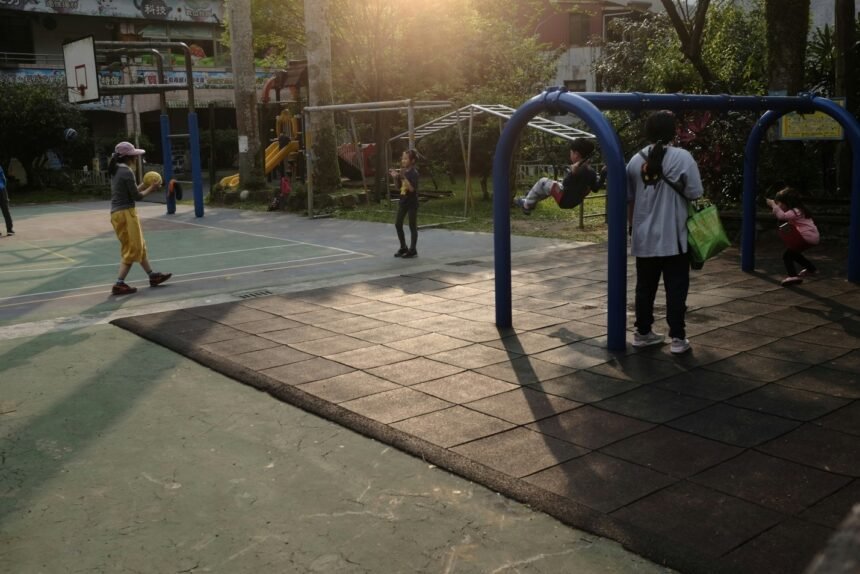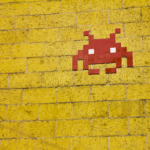In an increasingly screen-dominated world, gettin children and adults alike to engage in physical activity is a growing challenge. Traditional sports pitches can be restrictive and costly, often limiting play to a single sport and leaving valuable space unused for much of the week. Enter the Multi-Use Games Area, or MUGA. These dynamic, purpose-built spaces are quietly transforming playgrounds, parks, and schoolyards across the UK, proving themselves to be more than just a sports court—they are a community asset, a hub of activity, and a true game-changer for promoting health and well-being.
The Core Concept: Versatility is Key
At its heart, a MUGA is an outdoor sports facility designed to accommodate a wide variety of activities within a single, enclosed area. Unlike a traditional football pitch or a tennis court, a MUGA is a blank canvas for physical activity. With the simple addition of movable goal posts, adjustable nets, and clear line markings, a MUGA can seamlessly transition from a five-a-side football match to a game of basketball, netball, or hockey in minutes. This versatility is what makes them so revolutionary.
For schools, this means that a single investment can serve the entire curriculum, catering to different year groups and a diverse range of sports. During a single school day, the same space can host a PE lesson on ball skills, a lunchtime basketball tournament, and an after-school netball club. For community spaces, this flexibility ensures that the area can serve everyone, from teenagers looking for a kick-about to local sports teams and families wanting a fun, safe place to play.
A Game-Changer for Physical and Mental Health
In an era of rising obesity rates and concerns about sedentary lifestyles, MUGAs offer a powerful solution. By providing a safe, accessible, and inviting space for physical activity, they remove many of the barriers to exercise. They are often located in central, accessible areas and are free to use, making them an inclusive option for all members of the community, regardless of income.
The design of a MUGA naturally encourages a broad range of activities, which in turn leads to a greater variety of physical development. Running, jumping, throwing, and catching are all facilitated in a fun, often competitive environment. This unstructured, spontaneous play is crucial for developing motor skills, coordination, and overall fitness. Beyond the physical benefits, MUGAs have a significant positive impact on mental health. They are natural hubs for social interaction, where friendships are forged and social skills are developed through teamwork and healthy competition. The act of simply being outdoors and engaging in physical play has been proven to reduce stress, improve mood, and boost self-esteem in both children and adults.
The Social and Community Impact: Building Bonds
A MUGA is more than just a place to play; it’s a focal point for community cohesion. When a multi-use games area is built in a public park, it quickly becomes a central meeting point for people of all ages and backgrounds. It can bring together a diverse range of people who may not otherwise interact, fostering a stronger sense of community and belonging. For schools, a MUGA can extend beyond the school day, becoming a shared resource that strengthens the link between the school and the wider community. It can be used for local club training, holiday camps, or even as a venue for inter-school competitions, cementing its role as a vital community asset.
Furthermore, these facilities can help to curb anti-social behaviour. By providing a constructive and engaging outlet for young people’s energy, MUGAs give them a safe space to socialise and play, reducing the likelihood of them congregating in less suitable areas.
Design and Safety: Getting it Right
The success of a MUGA hinges on its design and the quality of its construction. Choosing the right surfacing is paramount. While tarmac or concrete was once common, modern MUGAs utilise advanced surfaces that are safer and more durable.
- Wet Pour Rubber: A popular choice for its shock-absorbing properties and seamless finish, wet pour is excellent for multi-sports as it provides a consistent, non-slip surface. It is also permeable, allowing rainwater to drain through, which makes it an ideal all-weather solution.
- Artificial Grass: With a shock-pad underlay, artificial grass offers a cushioned and natural-looking surface that is perfect for a variety of sports, including football and hockey. It provides a clean, mud-free area all year round.
- Polymeric Surfacing: This is a hard-wearing, durable surface often used in school playgrounds. It is a sealed surface, so it can sometimes be prone to puddles, but it is excellent for ball rebound and is a great all-round option.
The enclosure is also a crucial element. High-quality fencing and netting contain the ball and provide a safe perimeter for play, protecting both players and passers-by. The goalposts and markings should be robust and designed to withstand constant use from various sports. The lighting should also be considered if the area is to be used in the evenings. Proper design and installation ensure the MUGA can withstand the demands of intense play and the rigours of the British weather for many years to come.
The Future of Play is Inclusive and Adaptable
As our towns and cities become denser, the value of shared public spaces has never been higher. MUGAs represent a modern, forward-thinking approach to urban design and community planning. They are a testament to the idea that a single, well-designed space can meet a multitude of needs, bringing together different sports, age groups, and communities in a way that was once unimaginable.
In schools, they are reshaping PE lessons and break times, promoting a more inclusive and engaging approach to physical education. In our parks and communities, they are becoming cherished hubs of social interaction and active lifestyles. By offering an adaptable, safe, and accessible place to play, Multi-Use Games Areas are not just changing the game—they’re changing the way we play it.







